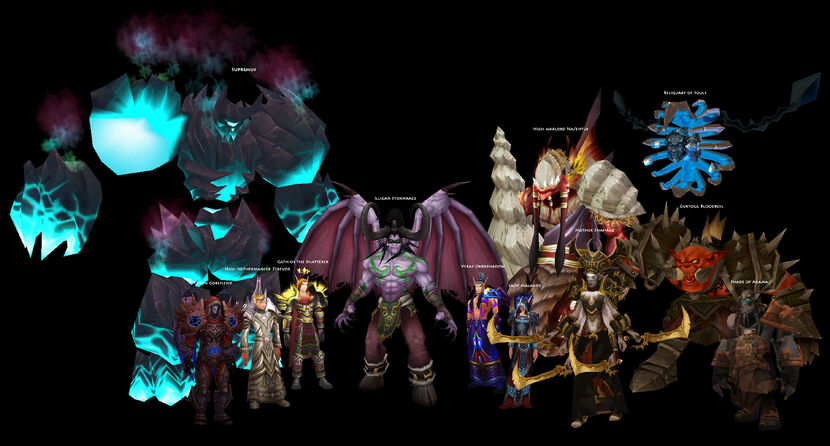Recently I ran into this article about zero-growth economics: an area that is about understanding how an economy might work that is not based on constant growth. One in which productivity gains are used to reduce working hours while keeping output constant rather than using increased productivity to increase output and increase demand in a never ending cycle.
Below are several quotes that I took from the article that I found particularly interesting. The most important of which is probably this:
- no-growthers regard their job not as promoting specific policies, but widening the field of debate.
Other thoughts:
- "We've had 125,000 generations of humans, but it's only been the last eight that have had growth," Victor told me. "So what's considered normal? I think we live in very abnormal times.
- he [Peter Victor] created a computer model replicating the modern Canadian economy. Then he tweaked it so that crucial elements—including consumption, productivity, and population—gradually stopped growing after 2010. To stave off unemployment, he shortened the workweek to roughly four days, creating more jobs. ... It took a couple of decades, but unemployment eventually fell to 4 percent, most people's standards of living actually rose, and greenhouse gas emissions decreased to well below Kyoto levels. The economy reached a "steady state."
- Even Adam Smith, ... acknowledged that it might be possible for an economy to max out its natural resources and stop growing.
- In 1930, John Maynard Keynes likewise predicted a period in the future...when the economy wouldn't need to grow (pdf) further to meet our basic needs. Man's "economic problem" would be solved, and people would "prefer to devote our further energies to non-economic purposes." Things like art, child rearing, and leisure.
- When Franklin Roosevelt supported grappling with Great Depression unemployment by decreasing the workweek to 30 hours, the largest corporations fought back fiercely. America, they argued, would be saved only by the new "gospel of consumption." The administration would need to pursue flat-out growth, loosening labor laws and so forth, so that the industrialists could revive the nation. Roosevelt backed down.
- it seemed obvious that when nations virtualized, shifting to service economies, they didn't stop gobbling natural resources or even, really, curb their appetites. They merely outsourced the problem to Asia, Africa, and South America or found cheap new sources at home
- the happiness of Americans, as reported by social scientists, rose steadily after World War II as GDP grew. But by the late '50s, that connection broke down: Although our median family incomes have nearly doubled since 1957, the proportion of people who say they are "very happy" has barely budged (pdf). Daly thinks we simply hit the point of diminishing returns. Our growth turned uneconomic: GDP now keeps growing mainly because we are producing gewgaws and services that don't significantly add to our happiness. Or worse: It grows because we are spending money to solve problems that growth itself created.
- no-growth economists agree with mainstream economists on one big point: Technological advances make workers more productive every year. In the mainstream view, these labor efficiencies make goods cheaper, which leaves consumers with more disposable income—which they invest or spend on more stuff, leading to more hiring to fulfill demand. By contrast, the no-growthers would do things differently; they would use those efficiencies to shorten the workweek, so that most people would stay employed and bring home a reasonable salary.
- Indeed, some countries have already edged towards this vision. In 1982, labor unions in the Netherlands agreed to limit demands for higher pay in exchange for policies encouraging people to work less. Within a decade, the proportion of Dutch citizens working part-time soared from 19 percent to 27 percent, the average workweek fell from 30 to 27 hours, and unemployment had plummeted from 10 percent to 5 percent. (They called it "the Dutch miracle.")
- Western consumption rates would need to shrink disproportionately so that citizens of countries like India and El Salvador could enjoy a lifestyle upgrade. Why? The no-growthers argue that a world with fewer yawning inequities between the rich and poor would be more stable; but quite apart from that, their models require stabilizing world population, and raising the economic lot of the poor is a proven way to do that.
- Given the shift in wealth needed to accomplish this, Americans would ... be pretty lucky even to find ourselves where we were in 1960—when the median family made $35,994 in today's dollars (versus $61,932 in 2008).
- technological advances mean that your dollar buys a lot more than it did back then. For a couple of bucks, you can score a pocket calculator that does things it once took a million-dollar university machine to accomplish. "We're better at making things now," Victor says, so our living standards would be considerably higher than this figure suggests.
- But when you take the thought experiment a few steps further, no-growth theory raises a host of questions about psychology and motivation. ... Would innovation cease if entrepreneurs didn't think they would sell a million widgets? Could individual companies still grow—and if not, who would want to invest in them?
- There are other aspects of no-growth theory—like the population-stabilizing business—that could chill partisans of any stripe. To halt population growth, you need to reduce global fertility rates to an average of about two children per couple. But if boosting poor people's means doesn't defuse the population bomb, what then? Population control by mandate is essentially totalitarianism.
- Daly ... has begun to think that only the Earth itself will compel people to act. In a few decades, if basic resources become scarce, prices spike, and climate change is causing global conflict, no-growth thinking could arrive whether we like it or not. "It'll be forced on us," he says. In the end, when it comes to determining the shape of our economy, the planet may possess the most powerful invisible hand of all.




